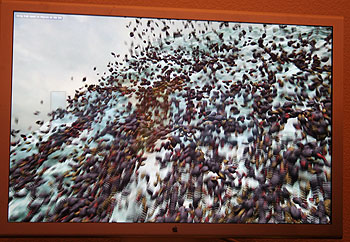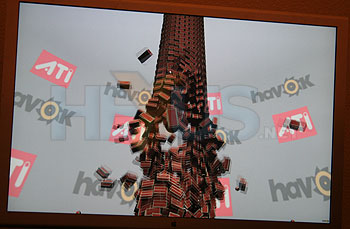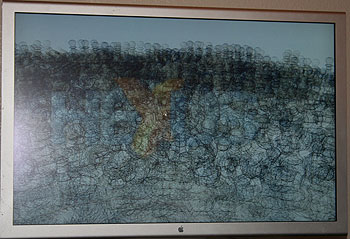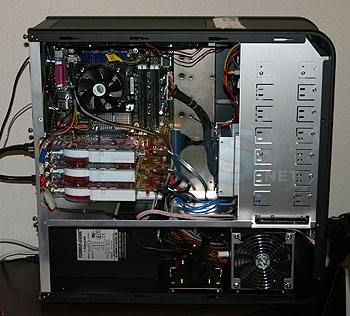ATI demo Havok FX physics acceleration on Radeon GPUs

At the launch of their Radeon X1000-series of graphics products, ATI made plenty of noise about their new graphics hardware being suited to processing more than just graphics, touting their new technology's architecture as being suited to general parallel computation and programmability. Simply put, it can do more than just draw pretty pixels.
Fast forward to recent times and you'll maybe remember an announcement by Havok at GDC about Havok FX, an effect physics implementation that runs on compatible Shader Model 3.0 GPUs. NVIDIA demonstrated acceleration with Havok at GDC, if your author remembers rightly, but ATI were absent from that particular physics fanfare.
That changes today at Computex 2006, though, with ATI happy to talk collisions and the like with the press. Showing Havok FX in a few real-time demonstrations, along with acceleration of physics calculations without that API, the company are now happy to talk about their physics acceleration plans and appear very bullish about what they can achieve.
Havok FX exploits their programmable pixel shader hardware and the ability for that part of R5-class GPUs to render directly into a vertex buffer (R2VB), to accelerate object collision physics, some fluid dynamic sims and the Havok FX particle system, among other things the API is setup for.
Supported on Radeon X1600 or higher, the display driver will provide the layer between the hardware and API that Havok FX needs for acceleration, denying it for Radeon X1300 (at least initially!).
The initial real-time demos are almost exclusively collision-based, the hardware calculating the properties of multi-object interactive before providing the data to the GPU performance the display rendering (which might be itself, but another discrete GPU is what they're keen to show just now).
The specific demonstration system they're showing to select press contains three Radeon X1900 display adaptors, two rendering in Crossfire mode with the third doing the Havok FX acceleration, and there's also a system on display running two X1900s in Crossfire, with an X1600 for the physics.
With discrete GPUs, the GPU assigned to the physics task (selectable in the driver) passes FX results data over the PCI Express bus directly to the GPU doing the rendering, without the need for a trip to the CPU (key to performance). There's no specific vertex shader program run, FX implementing its technology just with pixel shader programs, according to ATI.
ATI say the first games supporting Havok FX and their acceleration will come in the latter half of the year, and with Crossfire getting much-needed new impetus inside the company and another generation of graphics technology from them not far away, the second half of 2006 is one they seem to be looking forward to. Obligatory piccies follow.
That last picture shows you Core 2 Duo, Intel's i975 Bad Axe, three X1900 XTs and a 1000 watt power supply unit from Turbo Cool. The demos themselves show impressive framerate boosts when accelerated.




















